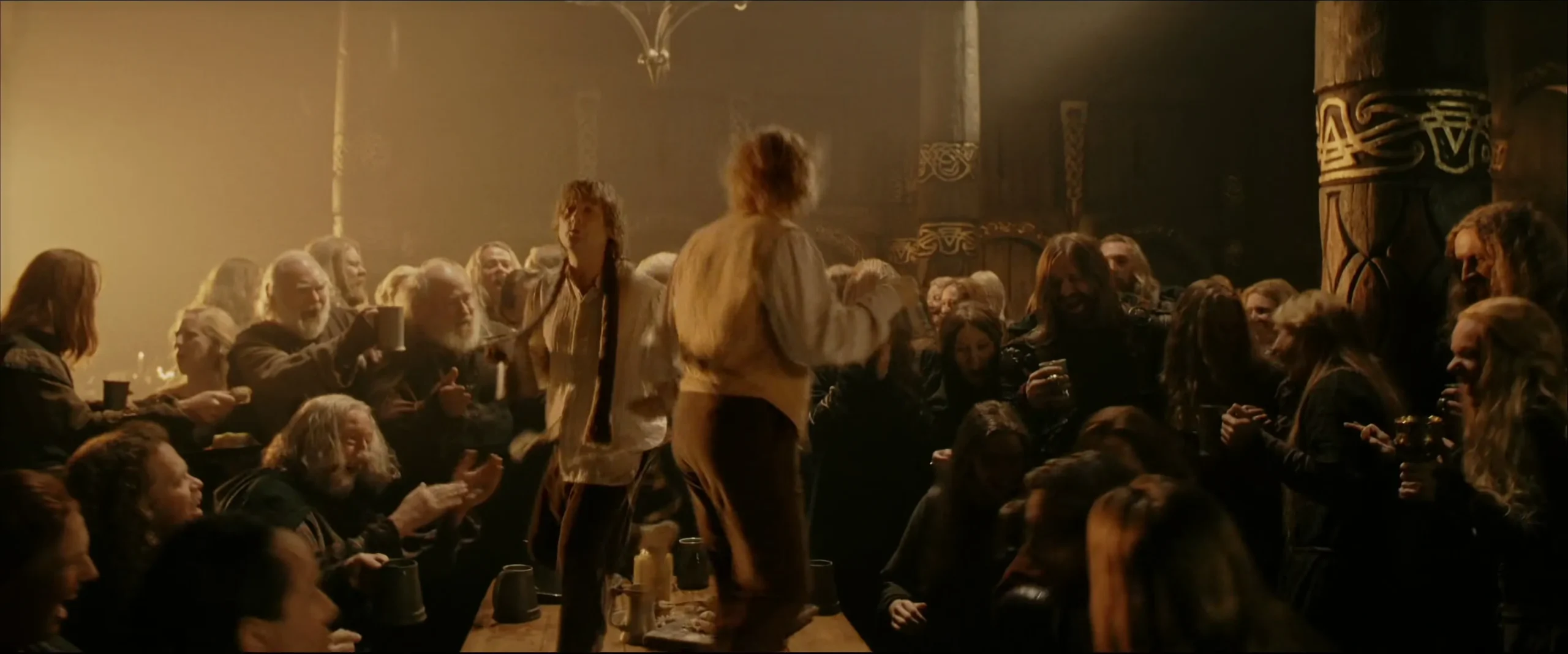
Intermezzo: A hiatus in music recording for The Lord of the Rings: The War of the Rohirrim
[Article had been erroneously removed but is now restored to its rightful place]
Following on the latest news about the recording sessions beginning in New Zealand, composer Stephen Gallagher seems to have concluded recording sessions for the film…for now. Stephen began recording with music mixer Mark Wilsher in New Zealand, recording 80 minutes of strings and woodwinds with the Stroma ensemble. Four weeks ago, Stephen flew to London where recording continued with brass, percussion and some additional woodwind parts, before moving into mixing and editing the recorded performances.
Stephen could have recorded additional string and woodwind parts in London to increase the number of recorded minutes of music, but this seems unlikely. His extended stay in London – which entailed a visit to the famed recording studio of Air Lyndhurst – seems to have been unrelated to the recording. Rather, comments from Gallagher and from producer Joseph Chou, combined with the “striped” nature of the recording would suggest there’s still some editing on the film being done and music scoring sessions will resume later down the line. Gallagher had since confirmed this on his account.
Composer Stephen Gallagher (sat to the left, together with music mixer Mark Wilsher) with the string players, as well as director Kenji Kamiyama and producer Joseph Chou. Also tagged are Cate Mulligan and executive Paul Broucek.
Nevertheless, the film is clearly in very advanced stages of post-production, which is not surprising given it was originally going to release in April before the actors’ strike caused it to delay to the more traditional release date for Tolkien films in December. While Gallagher had been open enough to show us glimpses of the partitura, he was careful not to disclose any melodic parts – although such parts were definitely forthcoming judging by the size of the bars – contenting himself with mostly showing us block chords in woodwinds and brass. At least one piece was called “Helm Hammerhand still Stands”, alluding to an iconic moment in the story already captured in concept art, while another may well have been an early Dunlending scene.
Months ago, audiences at Annecy watched some scenes with what seems to have been a temporary Howard Shore track. The likelihood of Gallagher (who as a music editor on The Hobbit, is intimately familiar with Shore’s compositional procedures) reprising elements from Howard’s score is quite likely, given that he recorded (remotely) a Hardingfelle part, played by violinist Karen Bentley Pollick. Not accounting for overdubbing, the orchestra setup for Stephen’s score seems to be:
Strings: 10 Violins I, 8 Violins II, 6 Viola, 4 Violoncelli, 2 Contrabasses, 1 Hardingfelle.
Woodwinds: 2 Flutes and 1 Piccolo, 2 Oboes and 1 Cor Anglais, 2 Clarinets and 1 Bass Clarinet, 2 Basoons and 1 Contraforte; at least two Crumhorns, doubling multiple registers, seemingly bass, tenor and soprano; at least two shawms also doubling several registers (bass and tenor?) and on Rauschpfeife and Dulcian.
Brass: 6 horns, 2 Trumpets, 2 Trombones and 1 Bass Trombone.
Keyboards: 1 Grand Piano
Percussion: At least 2 percussionists on Taiko (O-Daiko, Chu-Daiko, Hira-Daiko and Shime-Daiko), tam tam, fish temple blocks, tibetan singing bowls, possibly vibraphone.
Ensemble of Taiko drums: the biggest drum, shown half-covered and horizontal, is the O-daiko. The medium-sized ones are Chu-Daiko, and the small drums are Shime-Daiko. Also seen are suspended Hira-daiko and a gong or “tam tam.” It doesn’t seem the pipe organ (above) is involved in the recording.
The use of triple winds and sextuple horns with just two trumpets and a small replete of strings is a curious choice, but being as the score is recorded in sections, it could be balanced through careful sound mixing. Other quirks of the orchestration include the seeming absence of a tuba, harps and timpani. As has become the norm with Tolkien scores, the orchestra features quite a few instruments that are not part of the standard Western orchestra: The Contraforte, a new purchase by the New Zealand Symphony Orchestra, replaces the Contrabassoon as a stronger bass for the woodwinds.
Japanese Taiko drums, a staple of Hollywood scoring since the 1990s, have previously been heard in Howard Shore’s scores as an “Orcish” sound, as had Tibetan Singing Bowls, previously heard in scenes with Smaug or in Mirkwood. Temple blocks are wooden percussion instruments not dissimilar to the woodblocks Shore used for Radagast, and likewise the Vibraphone is not unlike the Marimba used for Treebeard. These sonorities do not strike one as particularly suitable to the Rohirrim – perhaps not even the Dunlendings – and may be intended for other factions involved in the story like Southrons or Orcs.
Adding a more Medieval sound are Crumhorns, instruments identified by their bent shape and which produce a strong, buzzing woodwind sound: they could be heard doing a “cover” of some of Shore’s music in the appendices to The Hobbit. Also noteworthy are shawms – the predecessors of the oboe – and the Rauschpfeife: a shawm with a covered reed that effectivelly locks the instrument into a fortissimo dynamic, not too dissimilar to the nasal, piercing rhaita Shore used for Mordor. Rounding out the ensemble is the Dolcian, a forefather of the bassoon. Interestingly, some of these instruments are tuned to the Medieval Dorian mode: a minor scale with the sixth note or submediant raised a semitone or “sharpened” (play the white notes from D to D on your piano to get an idea), which is the mode in which Howard Shore composed much of the music of mankind, including Rohan: one of the passages revealed by Gallagher was even in A, one the main tonalities of Rohan. Its not known, as of yet, if the score has a choral part or a soloist for an end-credits song.
Of the essence, however, is the inclusion of a Hardingfelle part, an instrument Gallagher had sought to use for “Blunt the Knives.” It is essentially a violin with some four “sympathetic” strings under the bridge, which resonate along with the melody strings to produce a more resonant sound, but not without additional overtones that create a “droning” sound, giving it a Norse flavour. It is the “signature” instrumental sound of Rohan in the Howard Shore scores. It had been used in other scores, of course – notably, Bear McCreary’s unrelated score to The Rings of Power, where it harmonises with a Nickelharpa to conjur up the Southlands. Here, of course, being a New Line production, its inclusion is much more apposite to Shore’s choice of associative timbres.
Dolcian (far right), a Rauschpfeife (ontop, identified by its flared bell), three crumhorns, identified by their bent pipe, and – to the far left, standing off the stage floor, two shawms
As is to be expected, the scoring sessions are a who’s-who of faces from The Hobbit and The Lord of the Rings. Even the venue in which the New Zealand ensemble was recorded, Our Lady Star of the Sea Convent Chapel, is owned by one Sir Peter Jackson and one Dame Frances Walsh. The venue used in England, Angel Studios, is a subsidiary of Abbey road, where much of the previous scores had been recorded.
The Stroma ensemble which recorded the music in New Zealand is mostly culled from members of the New Zealand Symphony Orchestra, almost all of whom recorded for The Fellowship of Ring, The Desolation of Smaug and The Battle of the Five Armies, although I haven’t definitively spotted any familiar faces in the pictures as-of-yet. The London musicians seem to be a freelance ensemble and not particularly tied to this series in the past.
These join a number of luminaries in other departments like Alan Lee, John Howe (pulling double duty with The Rings of Power), Sir Richard Taylor and Weta Workshop (including Daniel Falconer) all boarding the production. Sir Richard had been quoted: “To be on this journey, making The Lord of the Rings: The War of the Rohirrim, feels a bit like coming home. There’s so much that is familar – the landscapes et cetera – but so much that is fresh and exciting.”
Above is a picture of all the Lord of the Rings and Hobbit luminaries – orchestral musicians notwithstanding as of yet – known to be involved in the production, starting on the top to the left: sound mixer Mark Wilsher, sound designer Mike Hedges, music executive Paul Broucek, composer Stephen Gallagher, scoring coordinator Kate Mulligan, sound supervisor John Neil, concept artists Alan Lee and John Howe; Weta Workshop supervisor Sir Richard Taylor, concept artist Daniel Falconer; writer Phoebe Gittins, producer Philippa Boyens, dialect coach Roisin Carty, narrator Miranda Otto, executive producer Carolyn Blackwood.
MAY 2024 UPDATES: Stephen Gallagher had resumed scoring in New Zealand and England, including newly-written roles for harp and chorus. Also possibly joining the sound department in the piece are Foley Editor Craig Tomlinson and Senior Sound Designer David Farmer. All the while, Gittins and Papageorgiou are joining the writing for The Hunt for Gollum, the first Lord of the Rings film after Rohirrim.
It remains to be seen what state The War of the Rohirrim and its score are in: surely, with post-production being so far along, we can except more breadcrumbs in the coming weeks to complement the already generous peeks offered by Gallagher and Wilsher, not to mention Philippa Boyens, Phoebe Gittins and Arty Papageorgiou. One can only hope that the conviction of bringing so many veterans into this production will ground it in a unified sensibility with the live-action productions, and that such an aspiration will also be embodied in Gallagher’s score, all the while celebrating, in Taylor’s words, that which is “new and exciting.”
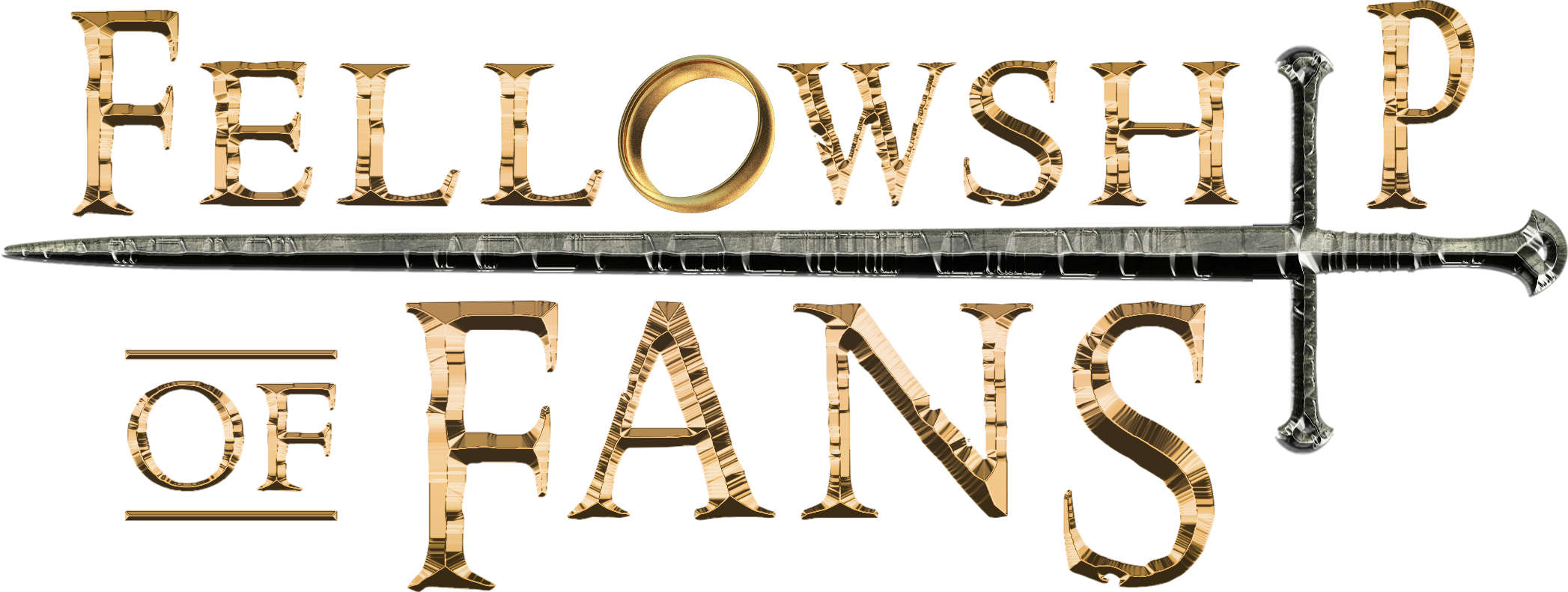
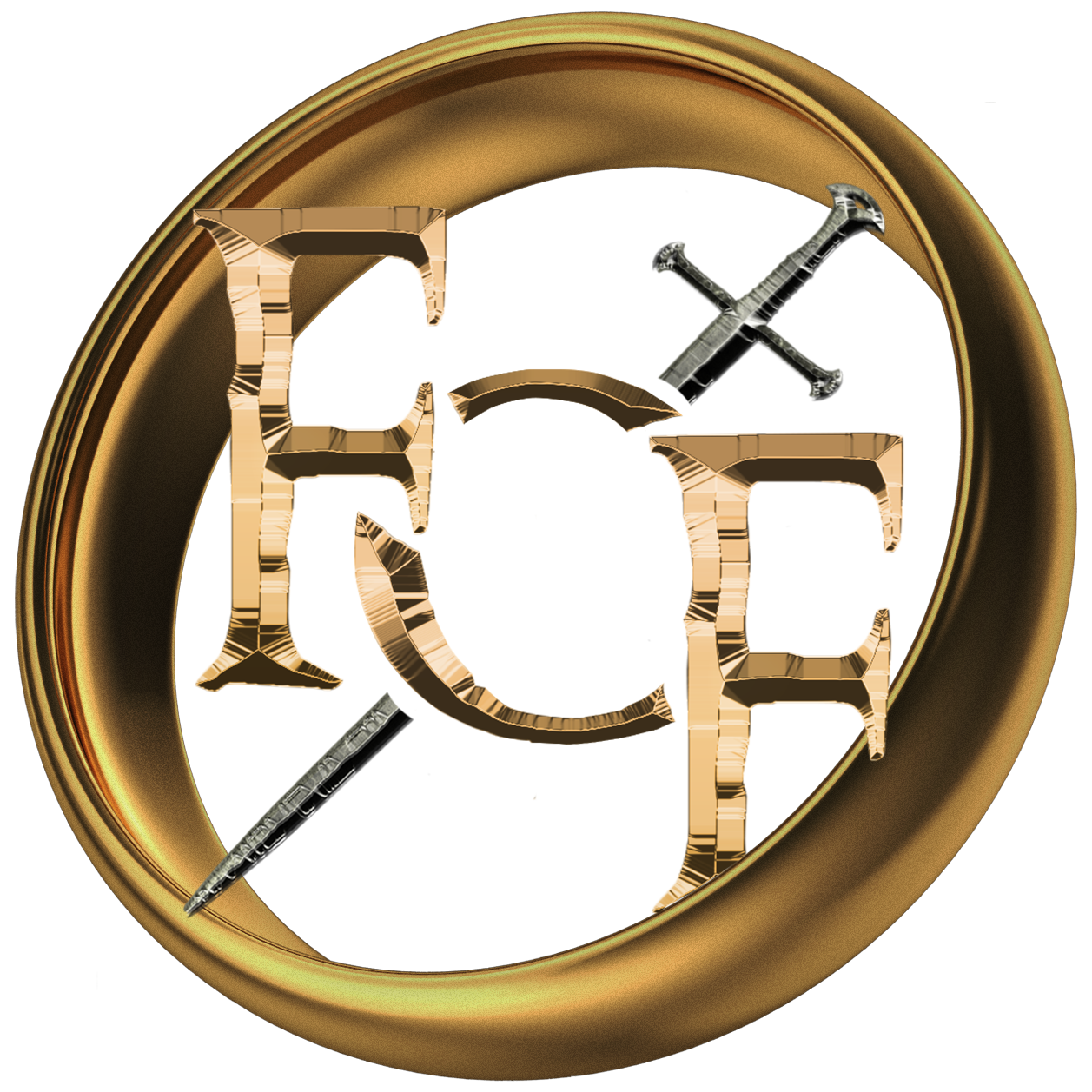
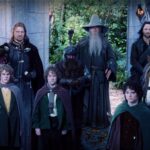

No Comments